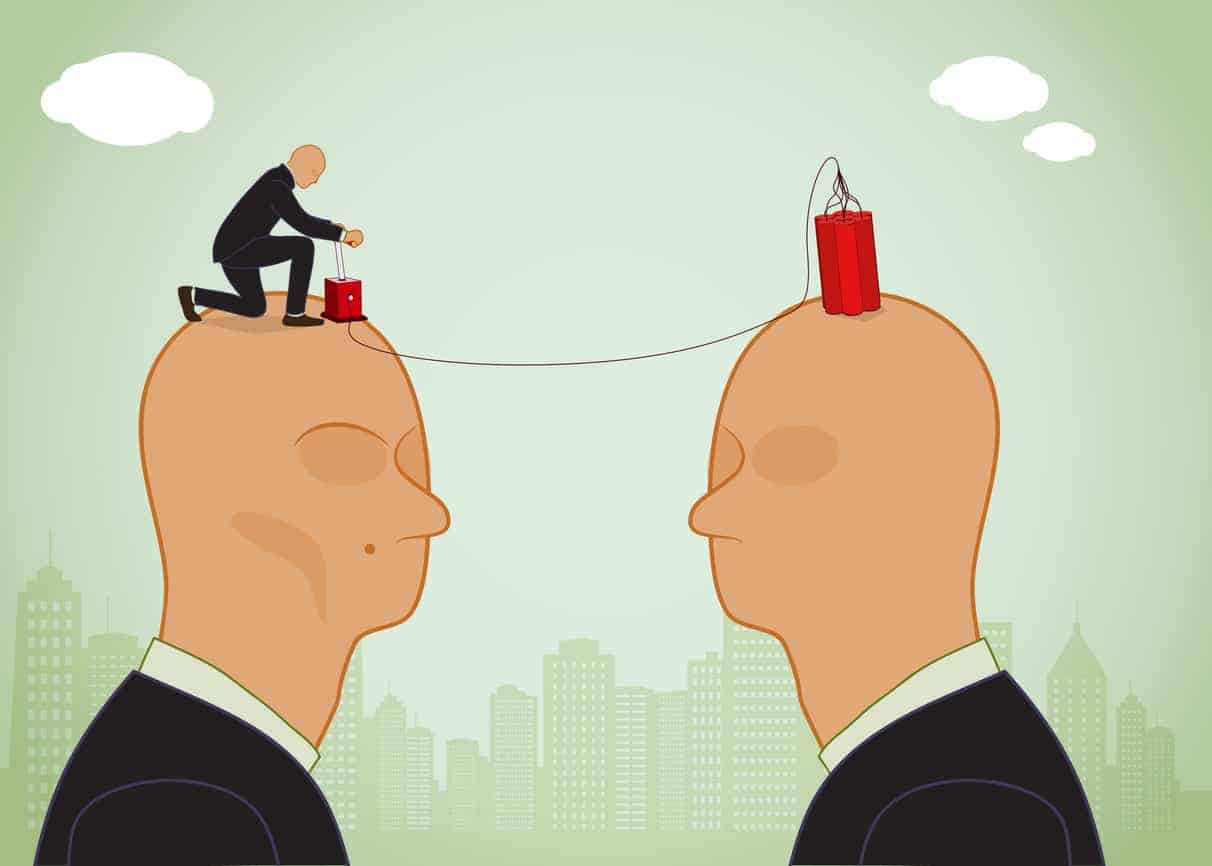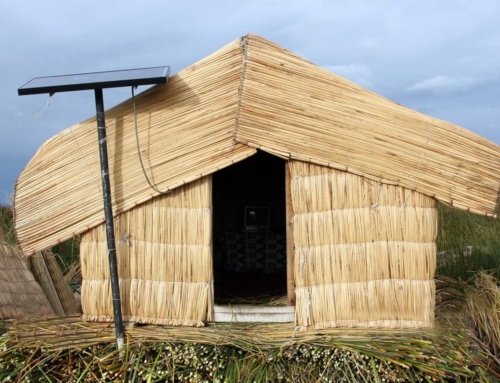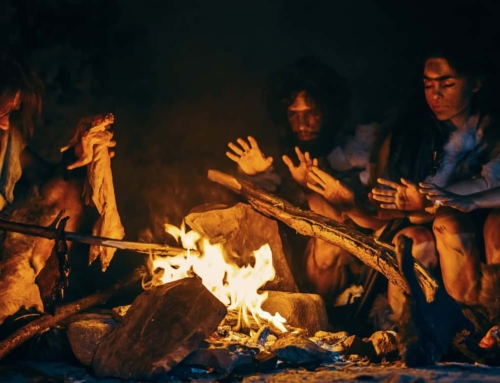I have a friend that says that in order to change the presidency in America, we need to have a stock market crash. I know others, who claim to be environmentalists, that are secretly glad that Australia and California are burning to ash and hope for more disaster. Or that we need to geo-engineer the earth to reflect more sunlight. Still others that say that the only solution to rampart capitalism is to seize the means of production. Finally, I read that Canadians authorized the use of lethal force against indigenous pipeline protestors in Wetsuwet’en territory. Shoot to kill. We already have this in the United States.
All of these are extreme positions. All of them are a form of revenge porn or more specifically, martyrdom. Anger is implicit in them, and they embrace an I-told-you-so approach. They are no holds barred, nuclear options offered as solutions. They involve invoking harm on both sides to prove a point. All are really bad ideas. Yet this kind of thinking seems more prevalent today. It subtly pervades our public discourse and actions. When did “It was necessary to destroy the village, to save the village,” become the default tactic, and how does it affect climate communications?
This question will no doubt occupy social scientists and historians for years. But my answer is straightforward. It requires, understanding why apocalyptic solutions are put forth, then it requires listening, next it requires the courage to engage and gently say that these are bad ideas, and finally it requires us to measure progress.
Overcoming the apocalyptic solutions that dominate our conversation requires understanding first. Not understanding each other, that comes second, but understanding the roots of why it’s being suggested; anger, frustration and lack of being heard. These are the result of the need for identity and winning as our primary goals, regardless of the harm from that approach. For example, “I’m right, and you’re an idiot.” This moves very quickly to extreme apocalyptic false solutions; “Let’s eliminate the idiot,” to “I’m willing to die to eliminate idiots.” So long as you see me as a martyr, my identity will transcend my sacrifice. Then you will truly love me.
The second step is listening for understanding. We’ve stopped listening to each other. Again, it’s now more important to win, than to make progress, or compromise. Compromise is seen as a sign of weakness. Quite frankly, I am tired of winning. It is not necessary to destroy America to save it.
In order to listen, we need to give up our pre-conceptions, agendas, judgments, and biases. We may have to listen to ideas we may not like. In order to do this, we must be open and vulnerable. It also requires empathy or putting yourself into the position of another person. Listening requires attention and setting aside your own agenda. It requires not giving the solutions that you so desperately see, and the other person doesn’t. It requires giving up talking about yourself.
There are four questions I ask myself when starting a conversation since I realize I’m not a greatest listener.
- What does this person think and feel? Of these two, feeling is the most important.
- What am I willing to risk and share? My values or feelings or help if asked?
- What can I learn from this person. This seems transactional, but curiosity is a good driver for listening.
- How can I help? Am I willing to give? This may be a balance for transactional and perhaps be the first question.
The third overall step is having the courage to engage and remind others that extreme tactics are usually really dumb ideas. Lack of engagement is safe. We don’t have to risk anything. Just say the other “side” are idiots.” We can’t challenge extreme solutions if we don’t engage. I am greatly depressed by how often I see this. We substitute yelling for courage. Outrage for courage. Then we are just silence.
At this stage it’s important to ask if the apocalyptic solution proposed is really serious or practical? This is the redress step. “I understand how you might think that geo-engineering the earth might help the climate crisis, but have you considered the risks and all the people that could be hurt by this? Why wouldn’t we use the solutions we already have to solve the climate crisis?”
The last step required is measuring progress. Big problems can be broken down into smaller problems. Smaller problems don’t require apocalyptic solutions. They require work. Hard work. Progress against smaller goals can be measured. We can’t solve the climate crisis in a day. But we can for example, transition to clean renewable energy as fast as possible. I use the fact that Minnesota is now at 29% renewable energy as a measure of progress. Will Minnesota get to 100%? Yes. But not before getting to 40% (in 2025) and 60% and 70%.
If we are going to slow the climate crisis we are going to have to understand why the “other side” seems willing to destroy the village. In order to do that, we need to listen. Only then can we engage and find the courage to challenge apocalyptic solutions for what they are. Finally, we must be able to measure progress. Apocalyptic solutions are by their very nature extreme. They seem easy. But they are lazy because it requires work to understand, listen and make progress.
‘We are all connected. Savor the Earth!’™
Hobie,
L. Hobart Stocking
SkyWaterEarth.com
hobart@skywaterearth.com
651-357-0110
Facebook: @SkyWaterEarthConnected
Twitter: @SkyWaterEarth








excellent points. On the question of measuring progress, it would be interesting to compare the progress toward renewable energy production in MN vs. WI.